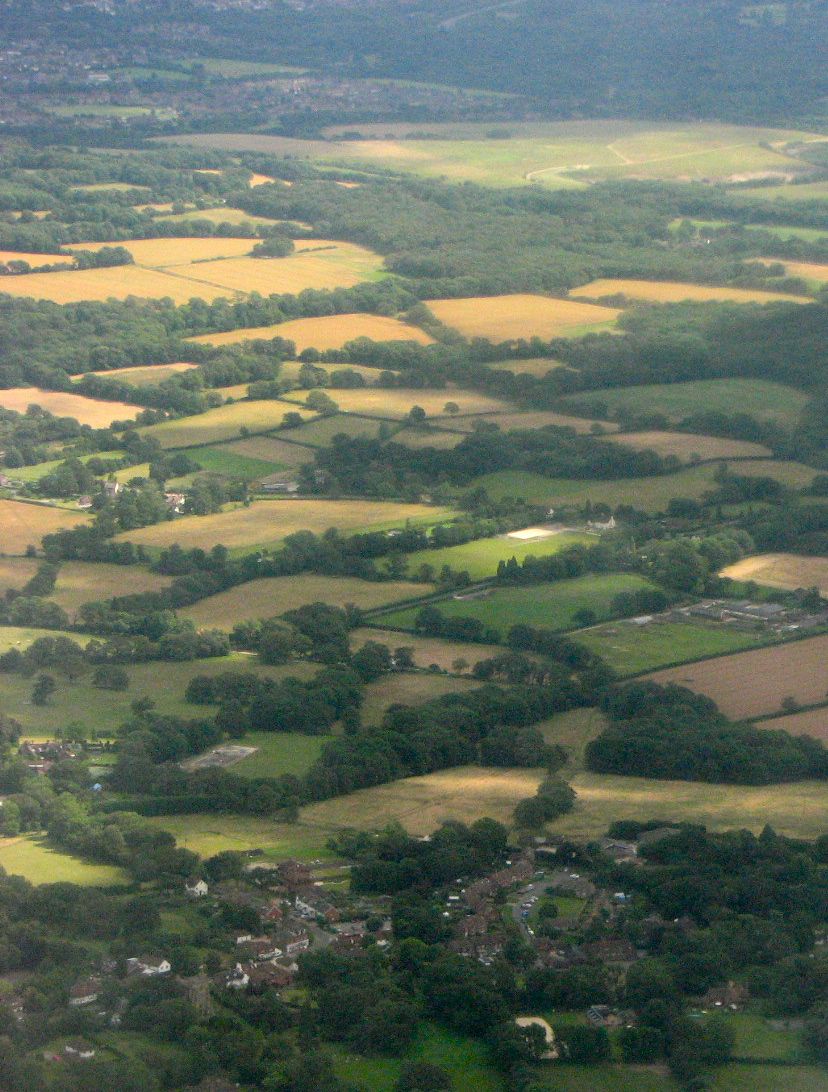4 Of
Genes & Culture – what the
genome cannot achieve alone without an environment to act within, react to, and act on.
Ehrlich | sources | Outline | What is culture? | What the brain does | Genetics | Summary
When dominance arose from "…our ability to generate culture–."
Humans are “not alone in the capacity to pass along non-genetic information–culture”
{68
Genetics is a rich history of errors and findings that reveal the complexity of nature.
The capacity of culture to compensate for, extend, or counter genetic inheritance is important to know because such power affects our personal lives and social decisions.
A gene or genes:
Any gene is not so much an instruction, or blueprint, as much as it is a capacity –material biochemical and hence molecular capability– to cope; that is a complex means of responding in some precluded range of ways to external stimuli.
precluded range – in all likely hood except among bacteria, organisms are not able to acquire a genotype they did not receive from their ancestral lines. Thus, by analogy this means that some abilities are not open to a creature or precluded from an organism being able to manifest the trait because it was not inherited from either or one of its parent creatures. Humans cannot grow back fingers the way some reptiles grow back their tails when they are lost.character of the external stimuli–probably more likely to be repeated if not a continual condition of existence such as loss of heat to the surrounding atmosphere or water body in which a creature is immersed.
–be able to use these terms accurately to describe the complexity of nature in an essay.
descent from common ancestor,
How do genes differ from:
epigenetic,
instinct
behavior
Acheulian,
hominin and hominid,
“great leap forward” or cultural revolution,
hardware vs. soft ware
wetware
- act within – conditions envelop a creature and its offspring, phytoplankton & zooplankton.
- act on – conditions are shaped by the behavior of an organism and its needs; beavers.
- react to – a condition stimulates a response instinctively such as fight, or flight, stay and play.
1 The Evolution of Culture { 69
2
Early human culture { 72
a.
2.5 million years of stone tools (Figure 4.1) {
73
b.
250,000 years ago the Acheulian progressed to mesolithic
3 The Great leap forward { 74 J. Diamond’s
phrase for “revolution”
4
Language leap { 75 “purely arbitrary sounds – to words
& concepts” 76
5 Culture and the Brain's evolution { 77
i. “mirror
neurons” monkeys & humans { 78
ii. Size means blood demand is
great (20% of the supply)
1.
Synapses & 200 neurotransmitters (2% body mass)
2.
Grew, in part, due to being highly social primates
iii. Eight qualities of the human
brain {79-81
1.
Evolved -- so no mind | body duality
2.
Has capacity to compensate
3.
Neuronal associations are ancient
4.
Regulates hormonal releases –some
5.
Memory and recall requires chemical change
6.
Recently evolved neural networks stem from older
7.
Biased perception & behavior due
to natural selection
8.
is programmed by the environment to develop its
inherent range of genetic endowments–stereotype
6 The Mystery of Consciousness { 83
sensations vs. perceptions
7
Gene-Culture Evolution { 86
a.
Cultural evolution overrides genetic evolution in humans {86
b.
Genetic & cultural evolution, however, interact = complex. {87
1 The Evolution of Culture
page 69.

The English countryside, shown left, is a cultural creation with natural features.
"the transmission and alteration of humanity's vast stores of cultural information have been the key to homo sapiens rise to dominance–the reason why the world isn't run by chimpanzees."
p. 69.
"No other animal transmits culture on remotely the scale that human beings now do."
p. 70.
"Those big brains…have allowed human being to enter an entirely new realm of evolution, one of large-scale cultural evolution: change in the unprecedentedly vast pool on non-genetic information stored in human brains and in the artifacts those brains have devised."
"...an unbridgeable gap that separates Homo sapiens from all our living relative
p. 70.
"Information as knowledge that is capable of being communicated or understood."
p. 70.
society "an organized group of individuals."
Ralph Linton, The Tree of Culture, quoted on p. 71.
Summary
“In summary, as we learn more about the human
genome, the notion of ‘genes for behavior’ must be discounted. For example
traits such as normal behaviors few cases have been found of a specific gene or
even many genes that greatly influence variation in the trait. It is becoming clear
that when genes influence traits, and this applies especially to behaviors,
they will do so in a way that is strongly mediated by the environment.”
“Environmental circumstances during any phase
of life may alter the way in which an individual’s genes function at that time
and later.”
P. 96.
Ehrlich | Darwin| examples | sources | Outline | What is culture? | What the brain does | Genetics | Summary
Siry index for genes: Web site:Genes with respect to human inheritance
Ehrlich | sources | Outline | What is culture? | What the brain does | Genetics | Summary

